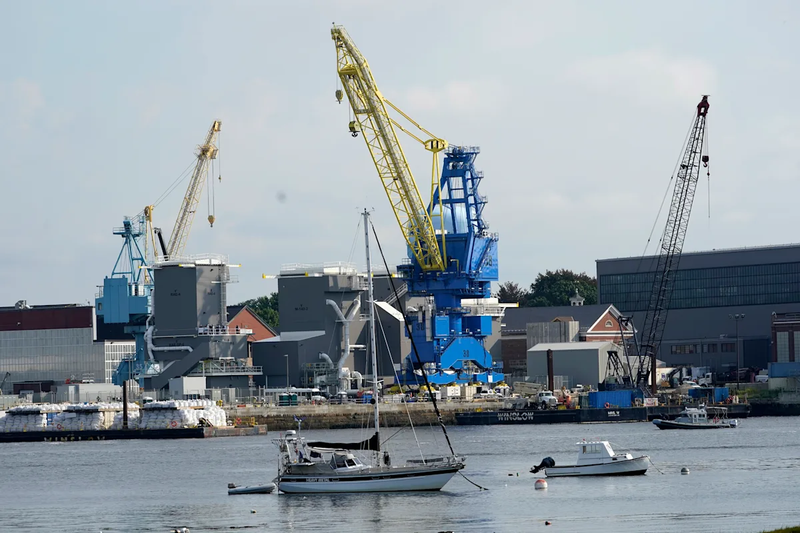
The United States is stepping up efforts to revive its shipbuilding industry, turning to close allies South Korea and Japan for expertise and investment. The move comes amid growing concern that America’s naval capabilities—and by extension its security—are falling dangerously behind those of China, the world’s top shipbuilder.
China now produces more than half of the world’s commercial shipbuilding capacity and has consolidated its military shipbuilding under the state-owned China State Shipbuilding Corporation. This giant controls over 21% of the global shipbuilding market and builds everything from aircraft carriers to nuclear submarines.
For Washington, this is not just an economic imbalance—it is a strategic vulnerability. If the U.S. cannot match China’s output of naval and auxiliary vessels, Beijing could tilt the maritime balance of power in the Indo-Pacific, restricting freedom of navigation and projecting military dominance far beyond its shores.
The numbers highlight the danger. American commercial shipbuilding accounted for just 0.1% of global capacity in 2024. By contrast, China commanded 53%, followed by South Korea and Japan. A Navy review last year revealed that many U.S. shipbuilding programs are already delayed by one to three years, while the Navy’s auxiliary fleet—responsible for fueling and cargo operations—is both aging and undersized.
Senator Tammy Duckworth noted bluntly that current U.S. capacity is worse than during the Iraq War in 2003, with ships breaking down and taking years to repair. If Washington cannot fix this, its ability to sustain operations in the Indo-Pacific could be compromised—precisely the gap China would exploit.
Recognizing the urgency, U.S. lawmakers are exploring joint ventures with the world’s second- and third-largest shipbuilders. South Korea’s Hanwha Ocean has already repaired U.S. Navy vessels and recently acquired Philly Shipyard in Philadelphia. Hyundai Heavy Industries is in discussions to invest directly in U.S. shipyards.
Japan, another global leader, is also being courted for its advanced technology and production capacity. The goal is to build and repair noncombatant auxiliary ships closer to the Indo-Pacific theater, reducing costly delays in U.S. operations.
China has already demonstrated its willingness to weaponize industrial dominance. Just as Beijing used rare earth export restrictions to disrupt Japan’s auto sector, it could use shipbuilding supremacy to project military pressure and undermine U.S. alliances. The creation of the world’s largest shipbuilding conglomerate is a reminder that China views this sector as a pillar of national power.
By deepening cooperation with South Korea and Japan, Washington can reduce reliance on China, strengthen regional partnerships, and ensure that its fleet remains capable of deterring aggression.
This is not just a policy debate in Washington—it is a question of national security. If the U.S. cannot build and repair ships fast enough, China will hold a decisive advantage in the Indo-Pacific. That means higher risks for American service members, weaker protection for trade routes, and greater vulnerability for allies.
Americans should recognize that shipbuilding is no longer just about economics. It is about whether the United States can remain a maritime power in the face of a rising China.